News
-
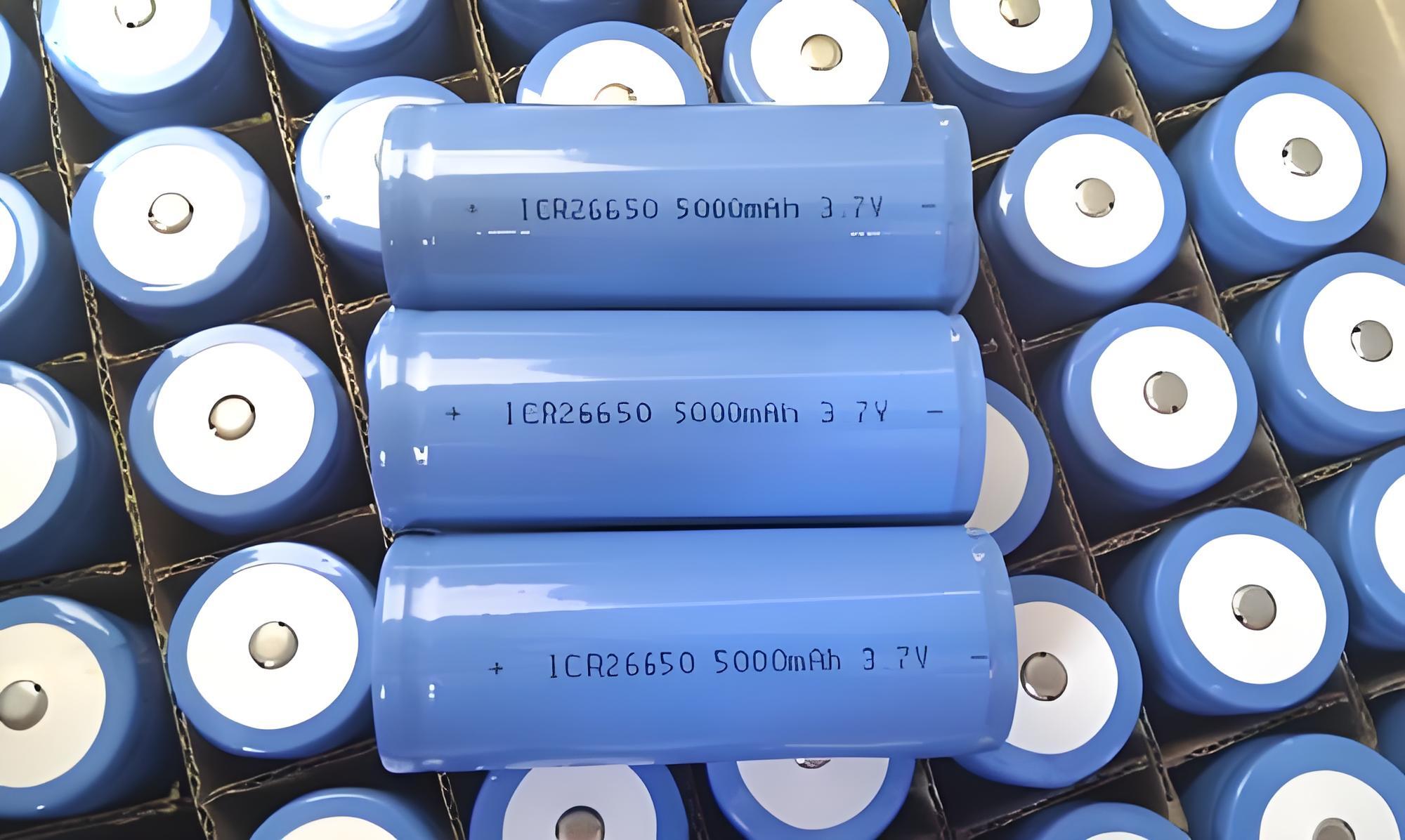
What Do IMR, ICR, INR, and IFR Mean in Lithium-Ion Batteries?
When purchasing lithium-ion batteries, you may notice letters like IMR, ICR, INR, and IFR alongside the numerical codes. This article will explain the meanings of these designations and their differences, helping you better understand batteries and choose the most suitable one. Definitions of IMR...Read more -

Meaning of Codes on Lithium Batteries
Lithium batteries are one of the most common components in our daily lives. They allow us to free ourselves from wires and use tools flexibly. Have you ever noticed the numbers printed on different batteries, like 18650 lithium-ion batteries or LP521540, 100AH, 3.2V, etc.? By understanding the me...Read more -

Differences Between 32140 Battery and 18650 Battery
32140 batteries and 18650 batteries are commonly used cylindrical batteries in everyday life. What are their differences? This article will provide a detailed comparison to help you make an informed choice between them. What is a 32140 Battery? Size: The 32140 battery has a diameter of 32mm and...Read more -

What is a 3S LiPo Battery?
A 3S LiPo (Lithium Polymer) battery refers to a battery pack consisting of three 3.7V lithium polymer cells connected in series (not parallel). This series connection results in a total voltage of 11.1V (3 cells x 3.7V = 11.1V). In the context, “3S” stands for three cells in series, w...Read more -
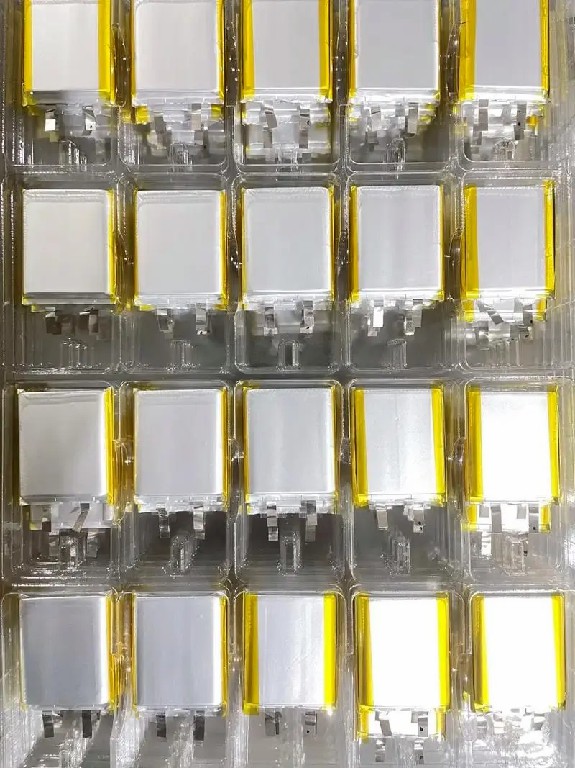
Why are Li-Po batteries so popular?
In our daily lives, lithium polymer batteries (LiPo) are the most common type of lithium battery we encounter. They power mobile devices such as watches and smartphones. But why do so many manufacturers favor them? Let’s dive into the key benefits of LiPo batteries. 8 Benefits of Lit...Read more -

Will Lithium Batteries Explode?
Lithium batteries are common in everyday devices like phones and tablets, offering powerful performance but also presenting certain risks. Recent incidents, such as the explosion in Lebanon, have reignited concerns about lithium battery safety. This article explores whether lithium batteries can ...Read more -

What’s the Difference Between Li-ion Batteries and Alkaline Batteries?
Introduction Batteries are an essential part of everyday life, powering a wide range of devices from remote controls to electric vehicles. Two of the most commonly used battery types are Lithium-ion (Li-ion) and Alkaline batteries. While both serve the purpose of providing energy, they are design...Read more -
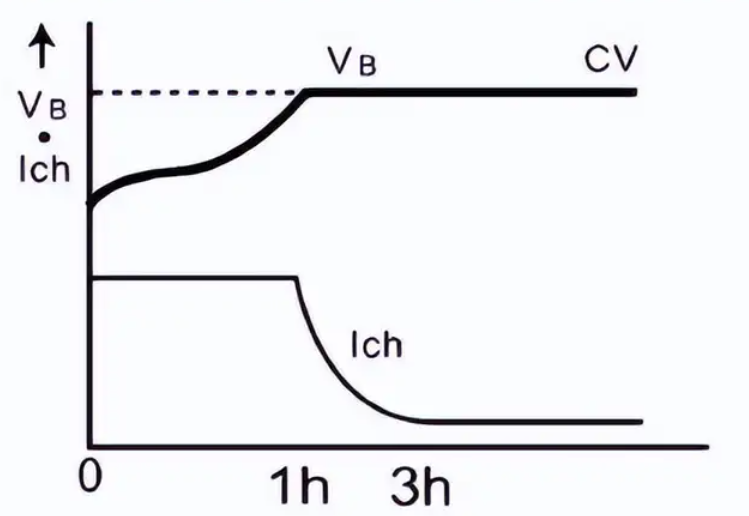
Why Is a Trickle Charger Not Suitable for Lithium Polymer Batteries?
Different types of batteries require different charging methods to maximize lifespan and performance. Using the wrong method can cause rapid aging or even dangerous failures like overheating or explosions. Trickle charging, a method often used for lead-acid or nickel-based batteries, is one such ...Read more -
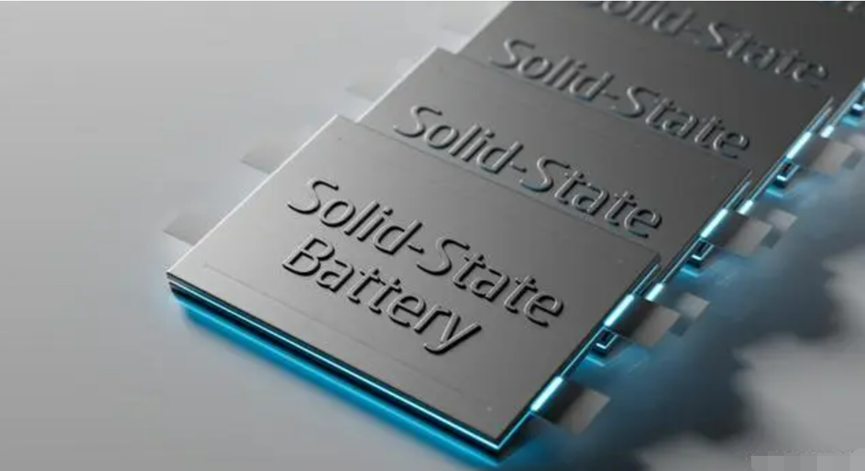
Solid State Battery vs Lithium Ion
In the evolving world of battery technology, Solid State Batteries and Lithium-Ion Batteries are two prominent contenders. While lithium-ion batteries are widely used today, solid-state batteries are seen as a next-generation solution with the potential for superior performance and safety. This c...Read more -
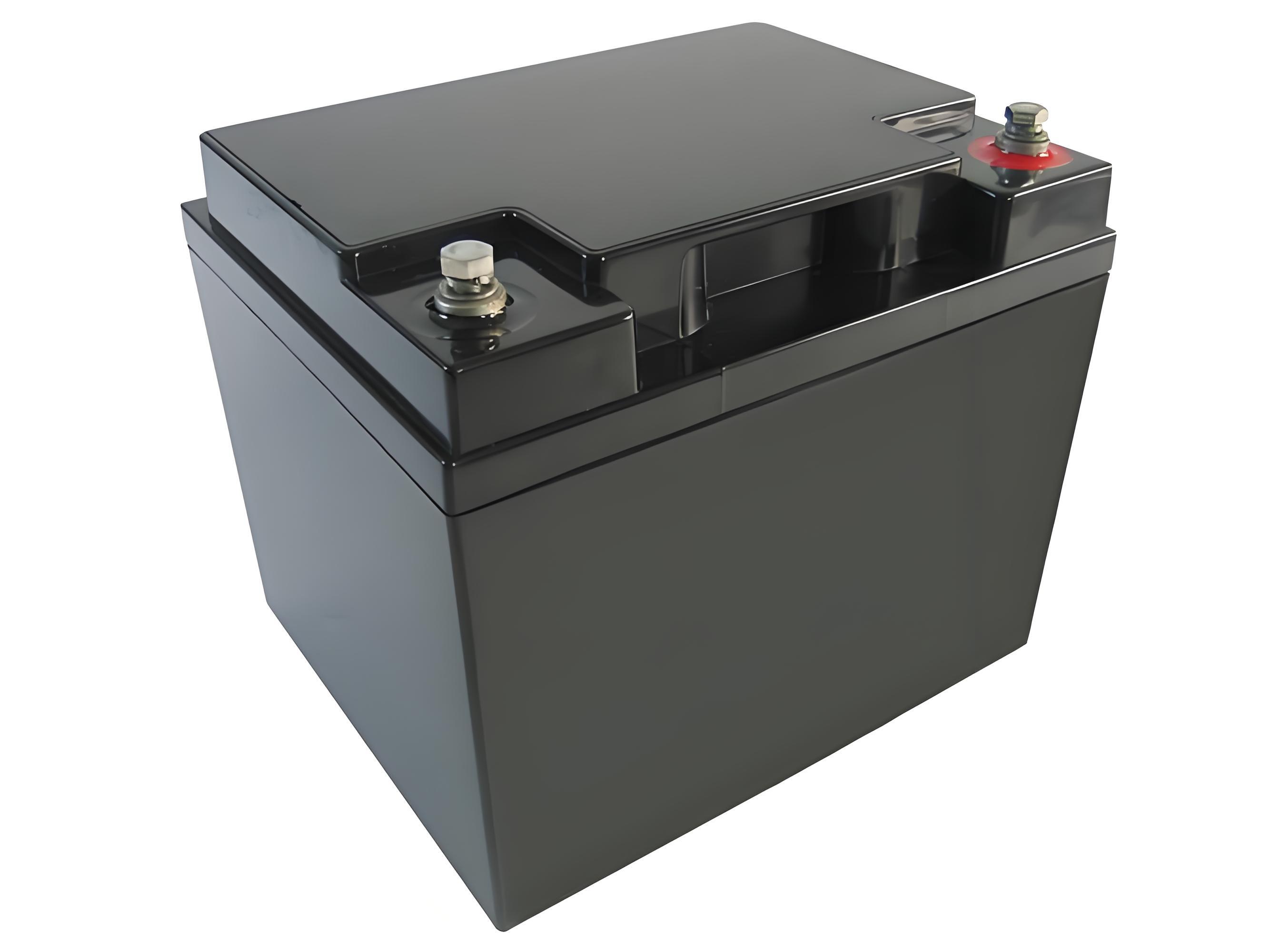
Which is Better: VRLA Battery or Lithium-Ion Battery?
When choosing between VRLA (Valve-Regulated Lead-Acid) batteries and Lithium-Ion batteries, it is essential to understand their unique advantages and disadvantages. Each battery type has its specific uses and characteristics, making them better suited for different applications. In this article,...Read more -
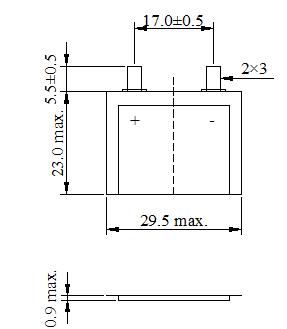
what is a lipo battery?
LiPo battery is short for Lithium Polymer battery, also known as pouch batteries due to their flexible, lightweight packaging. These batteries are commonly used in applications requiring a compact, high-energy-density power source. Their nominal voltage is usually 3.7V, but they can reach up to 4...Read more -
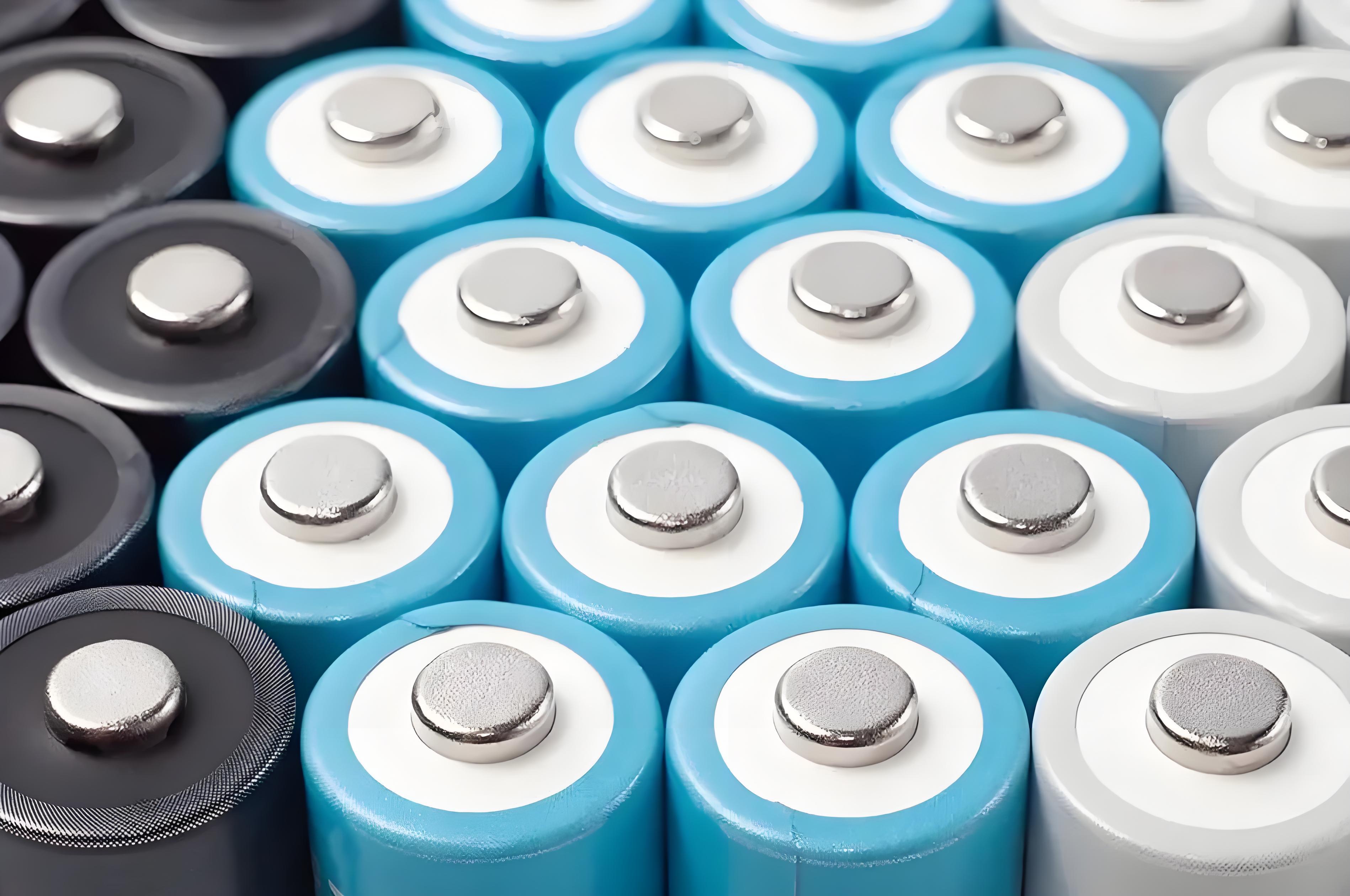
LFP vs. NMC Battery: What is the Difference?
In the rapidly evolving world of battery technology, two of the most widely used types of lithium-ion batteries are Lithium Iron Phosphate battery (LFP) and Nickel Manganese Cobalt (NMC) batteries. Each of these battery types has its own distinct advantages and disadvantages, making them suitable...Read more
